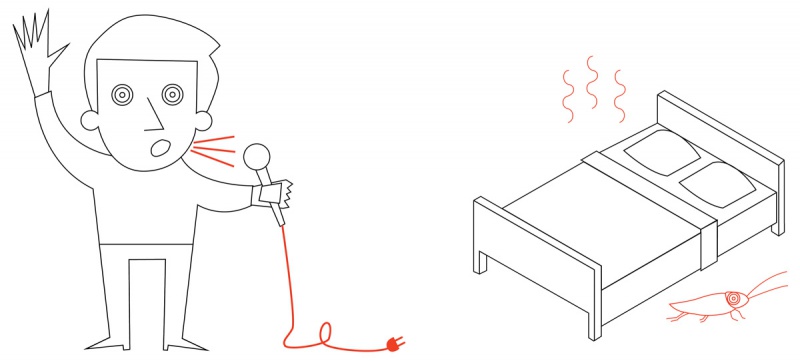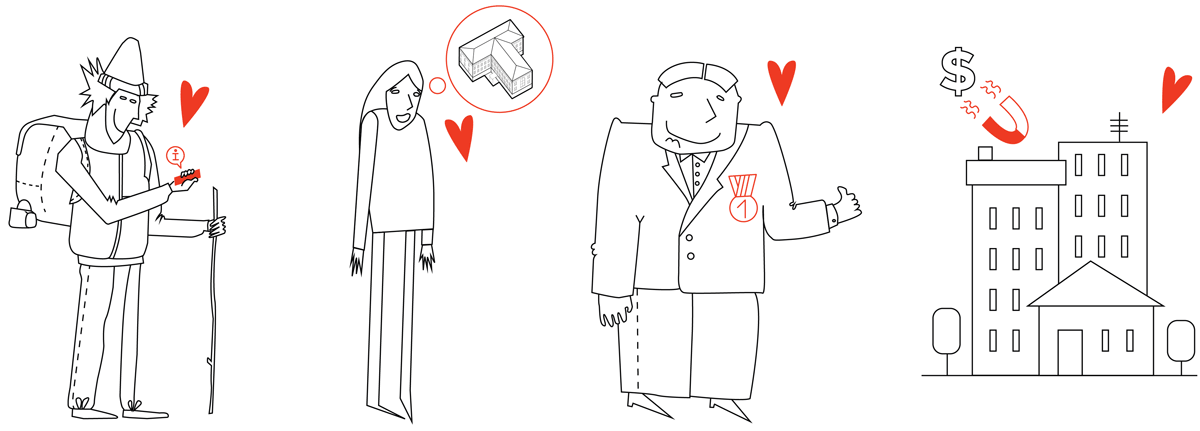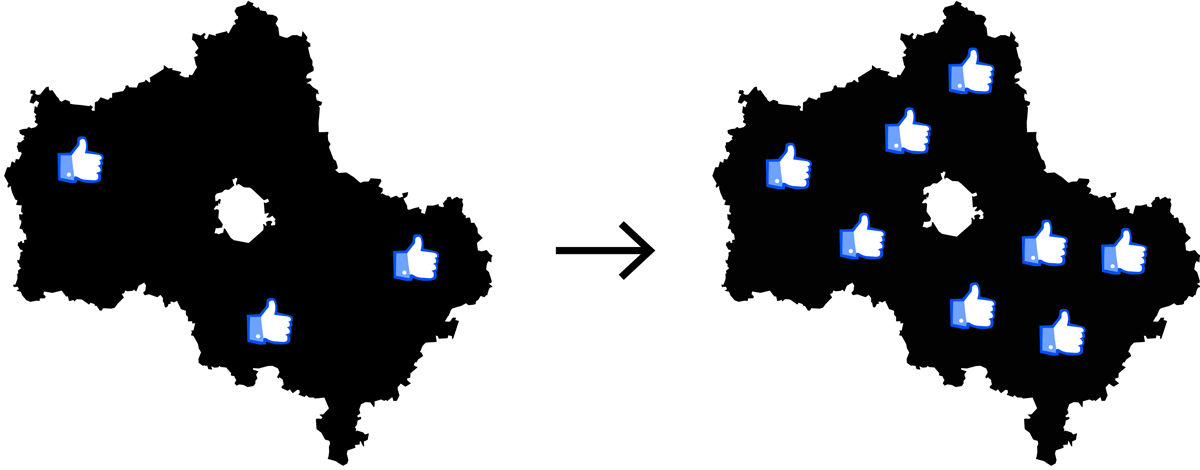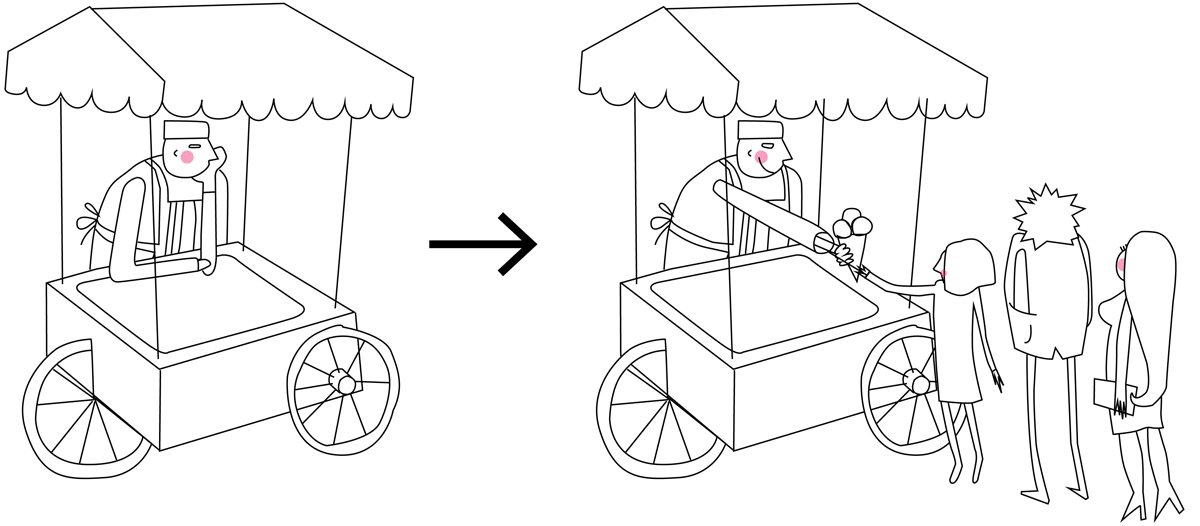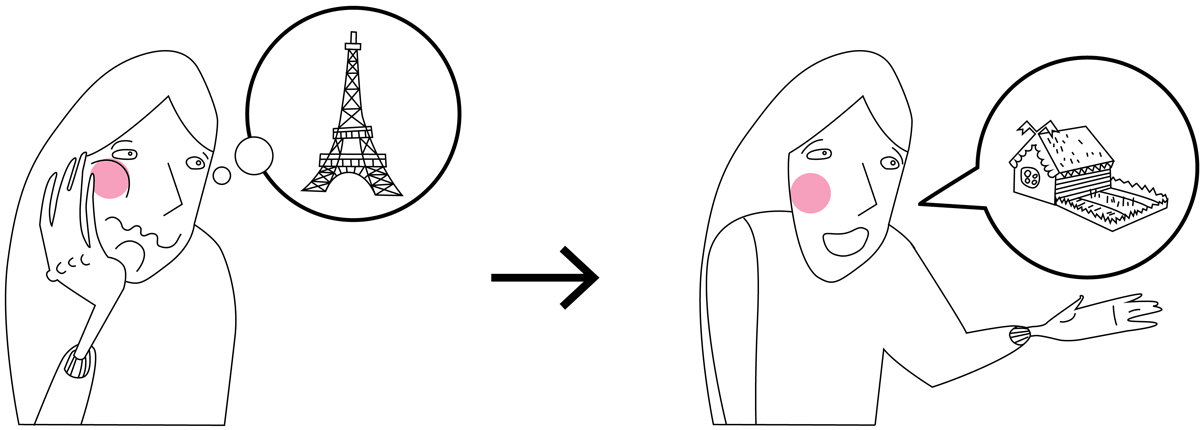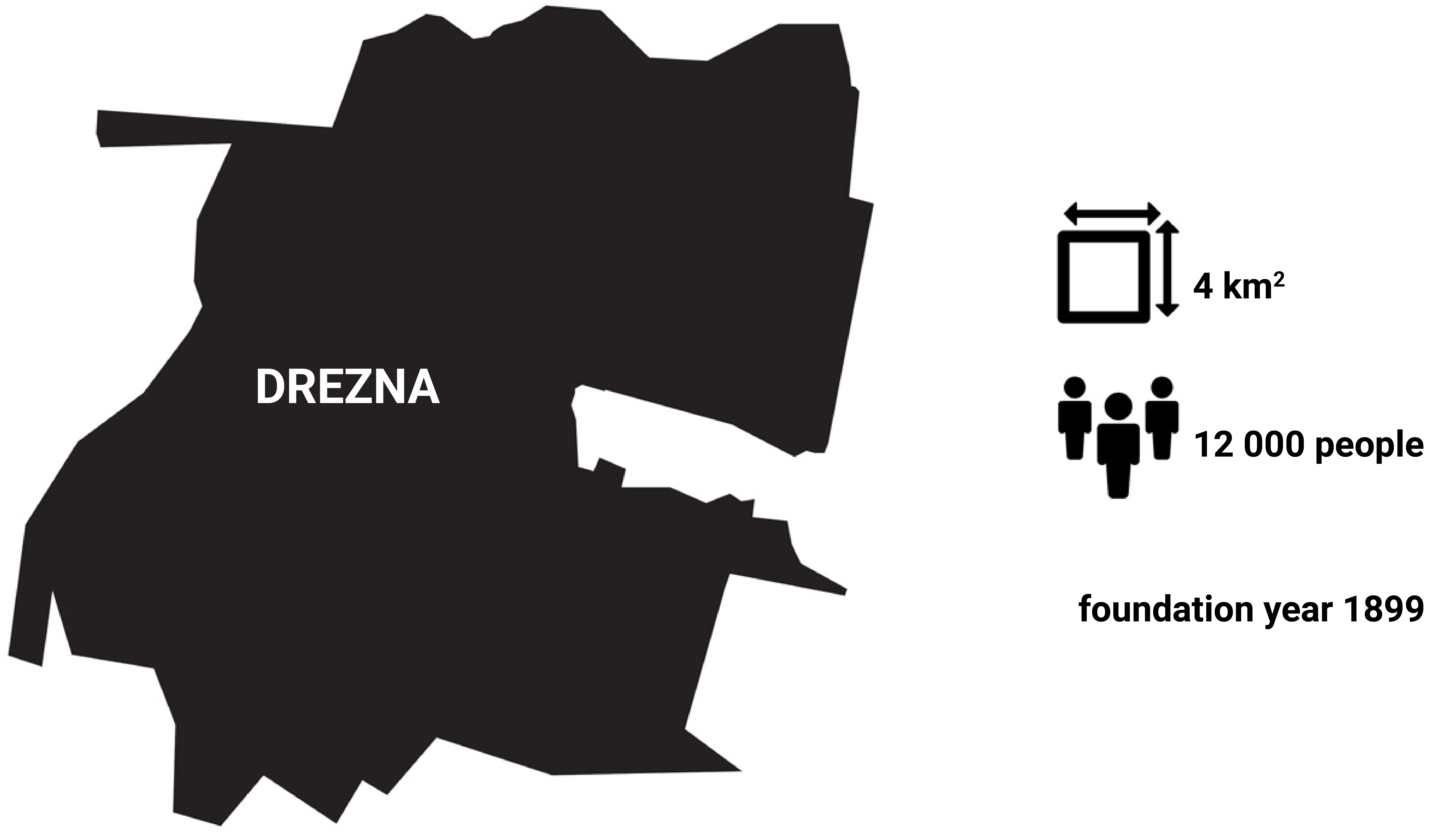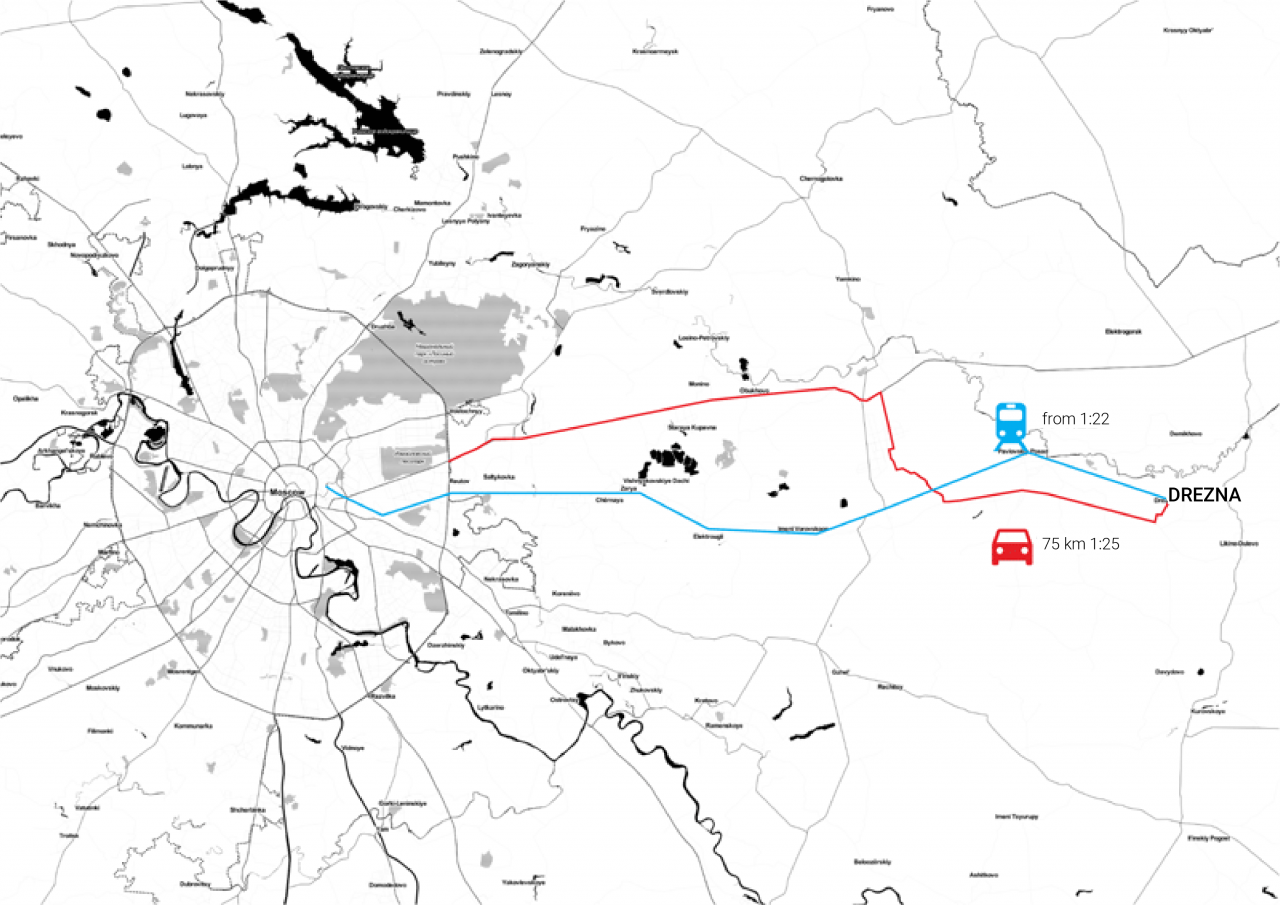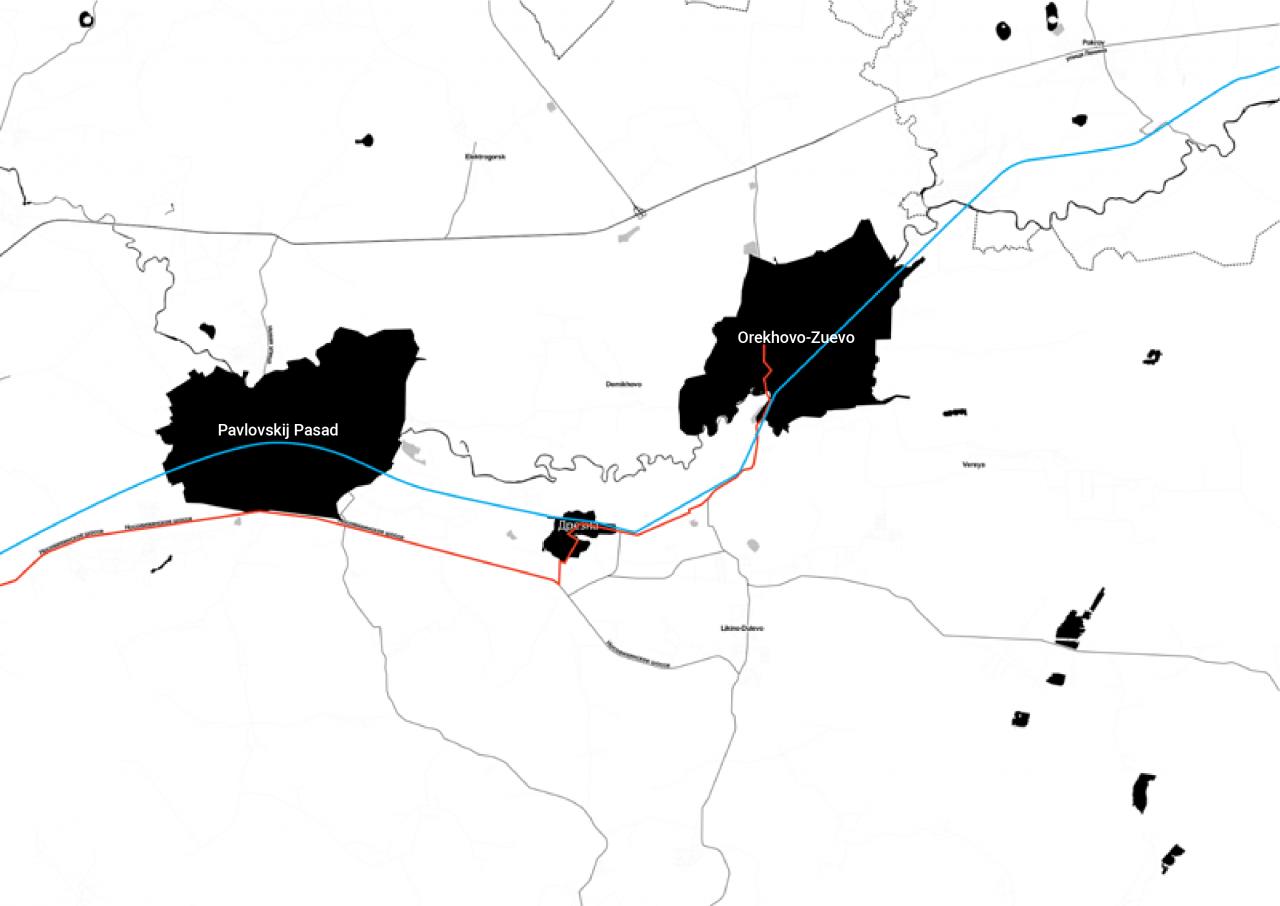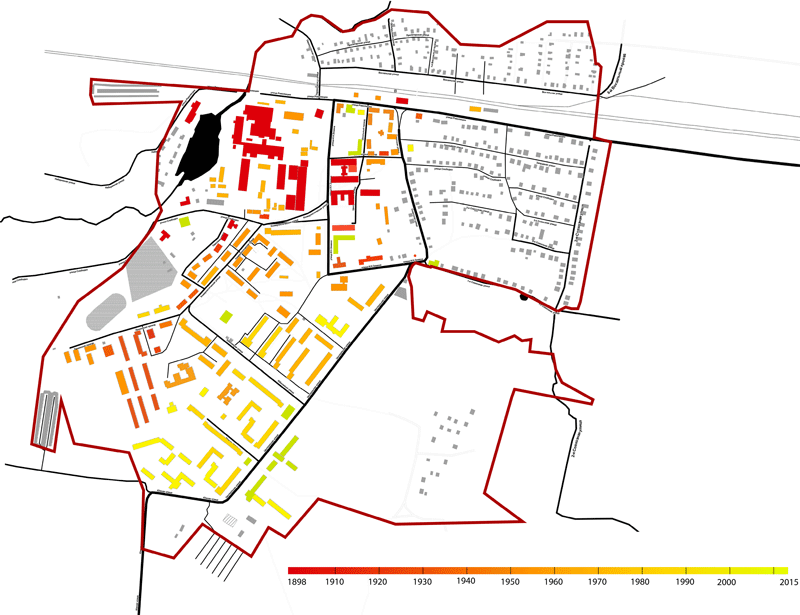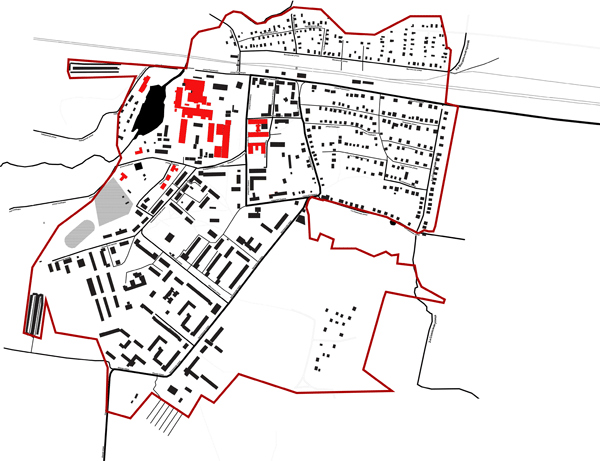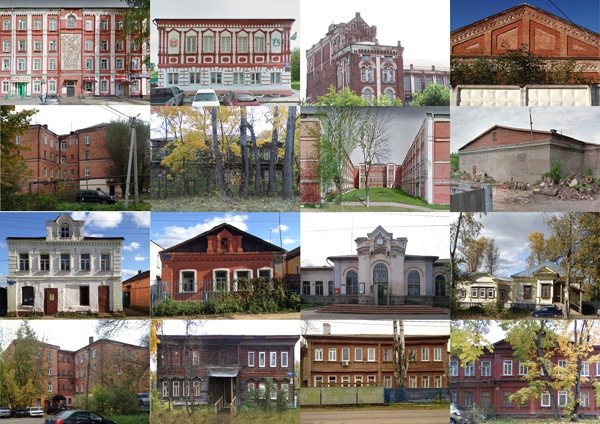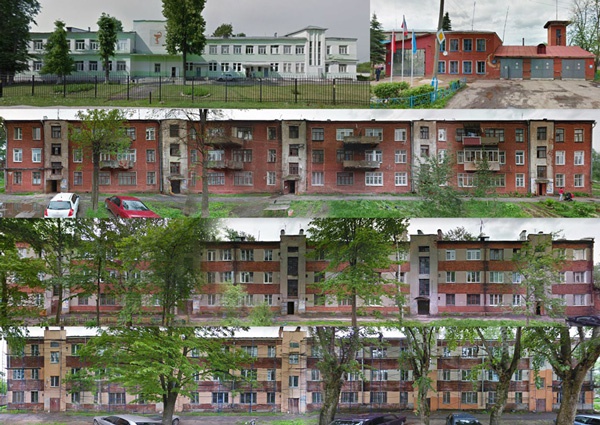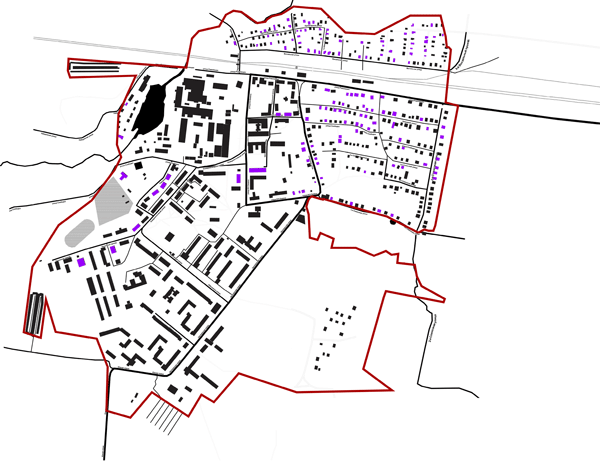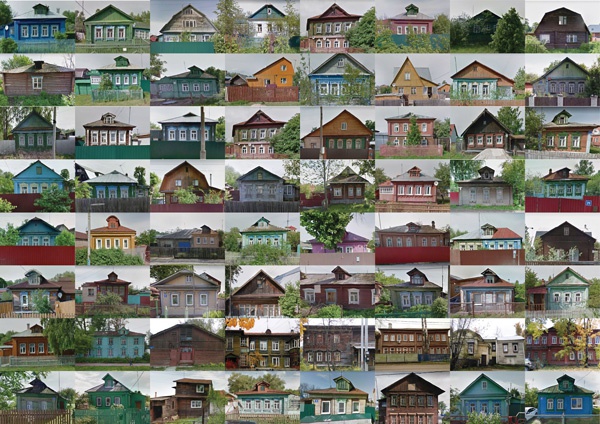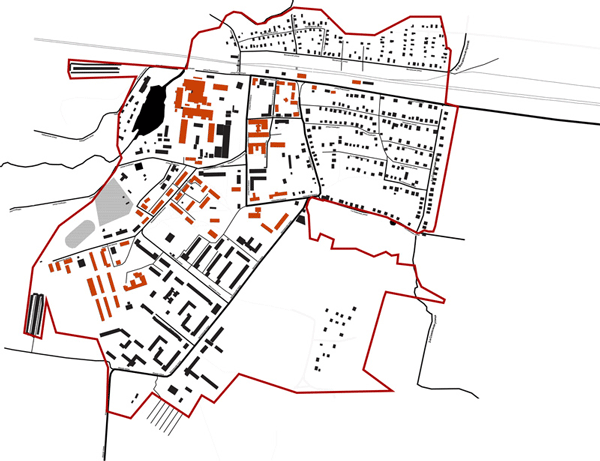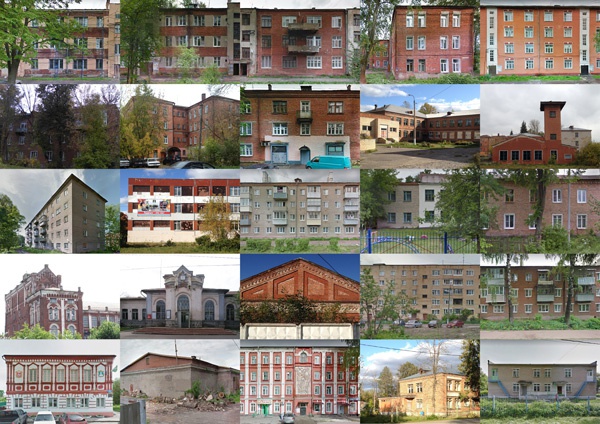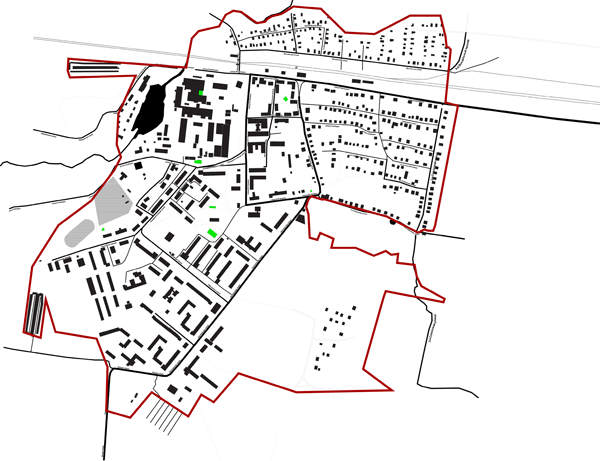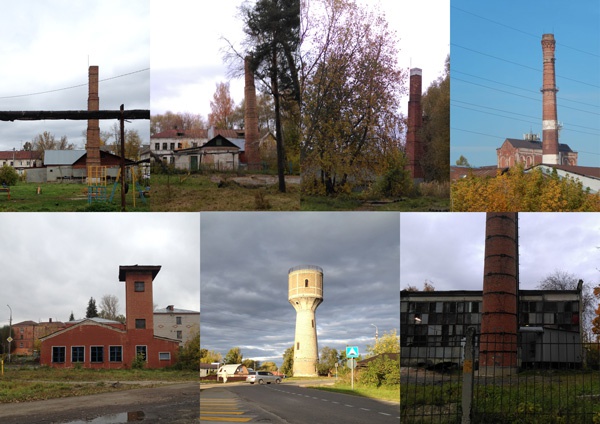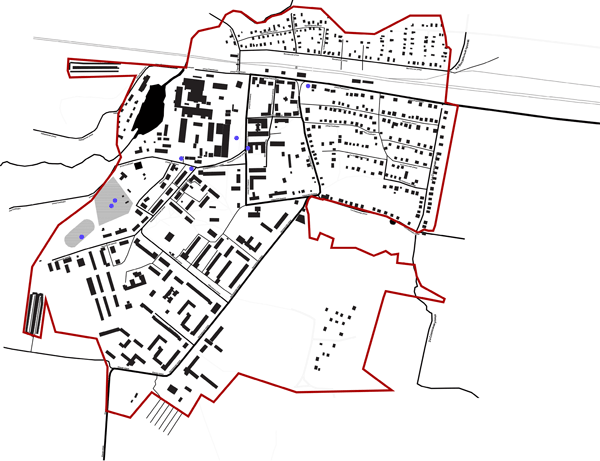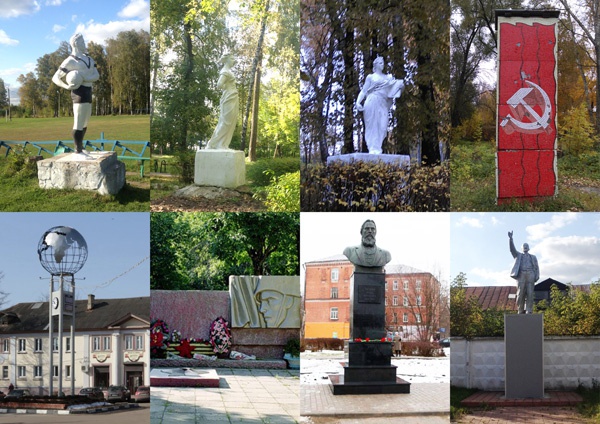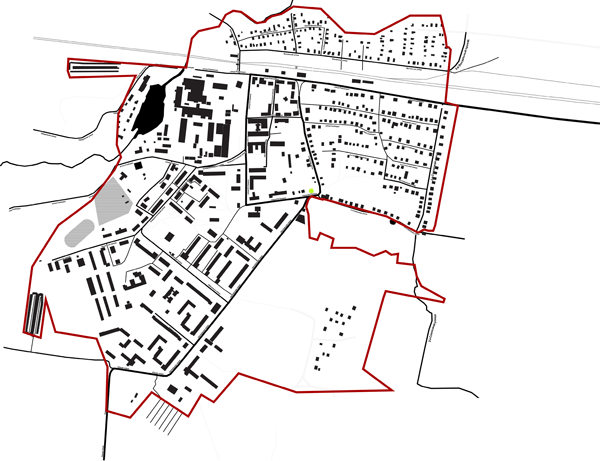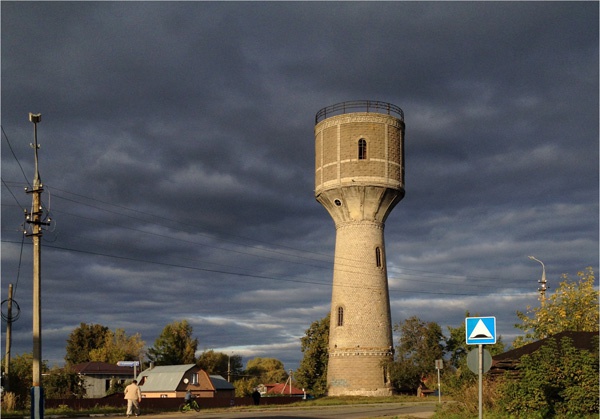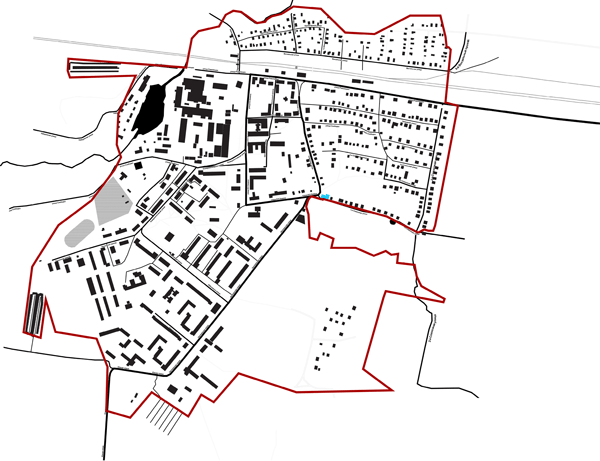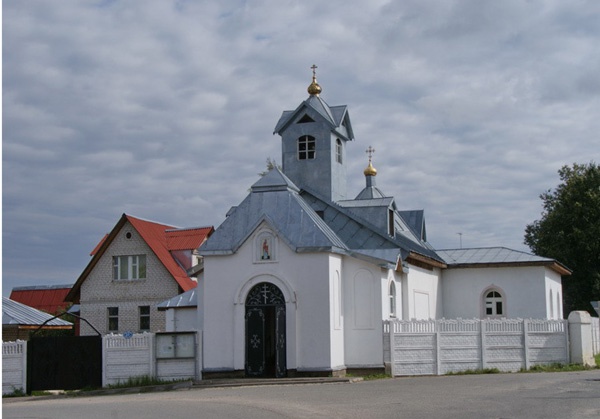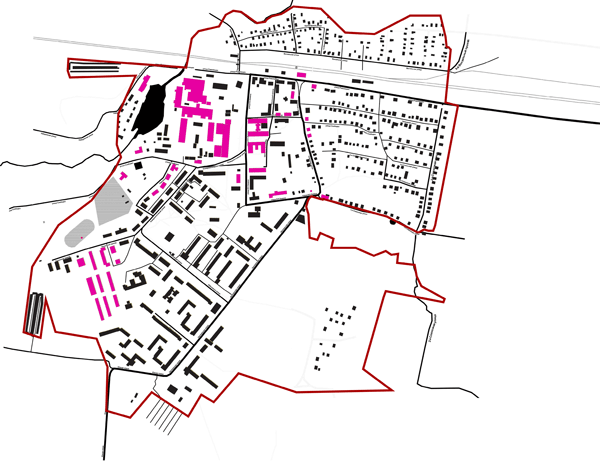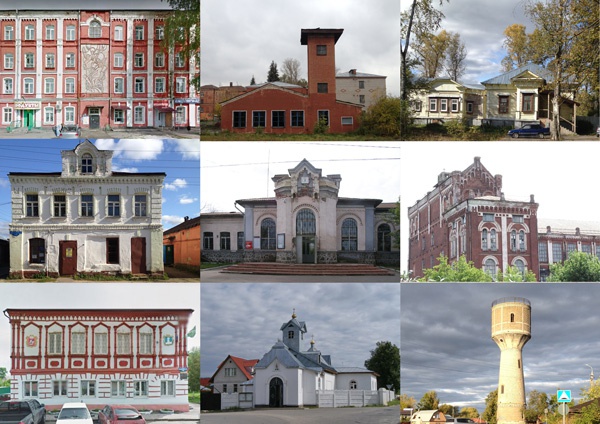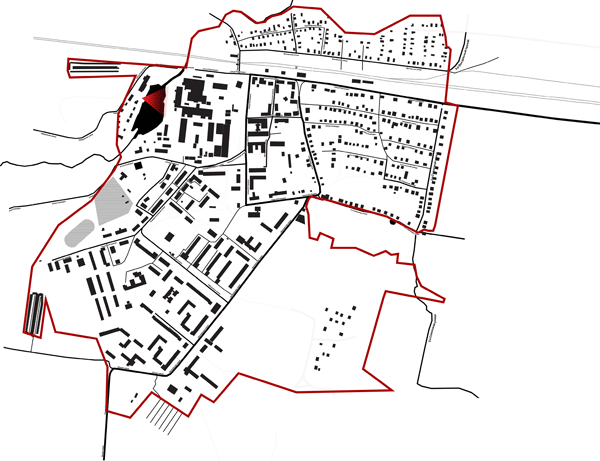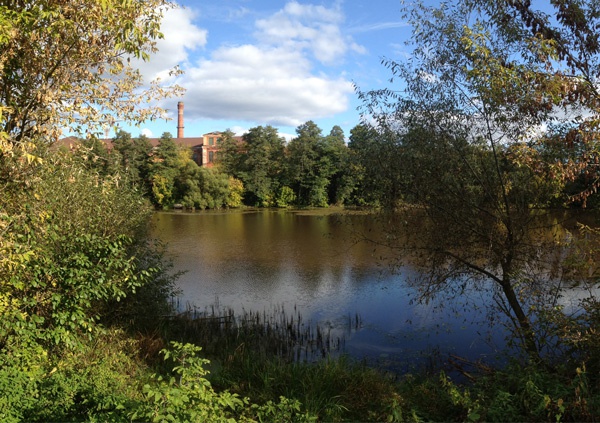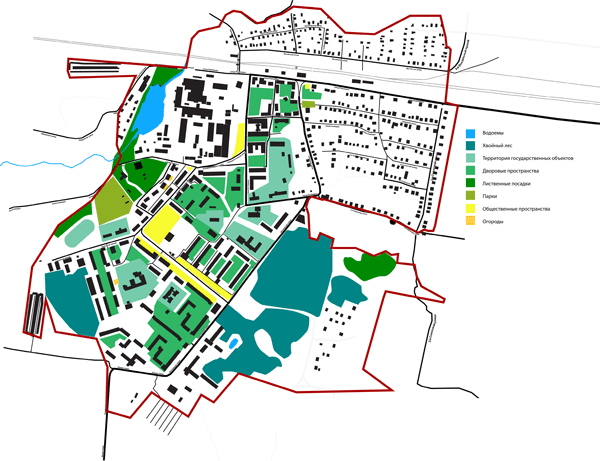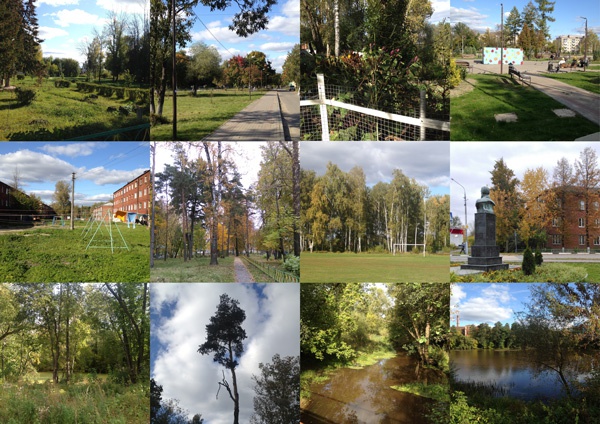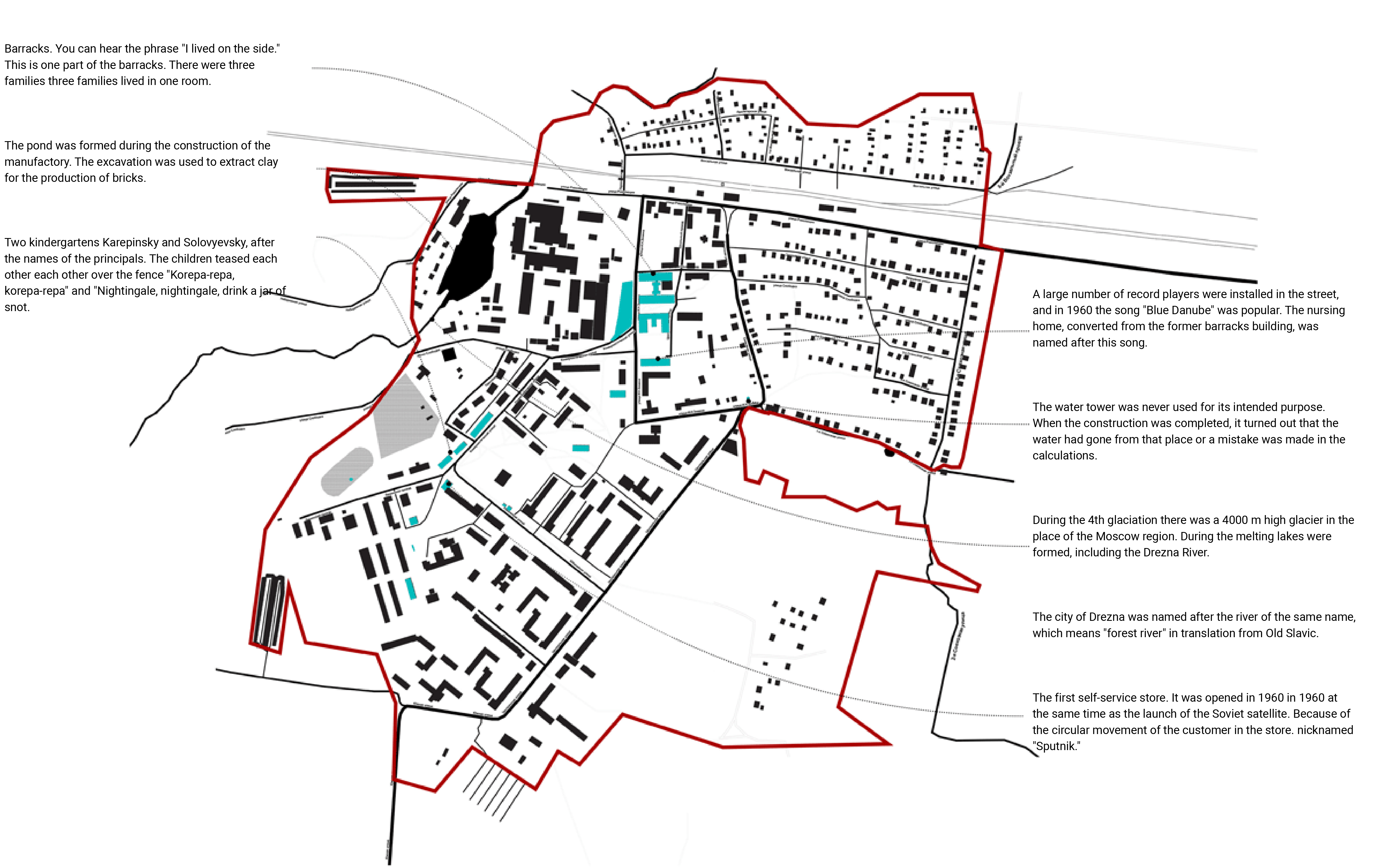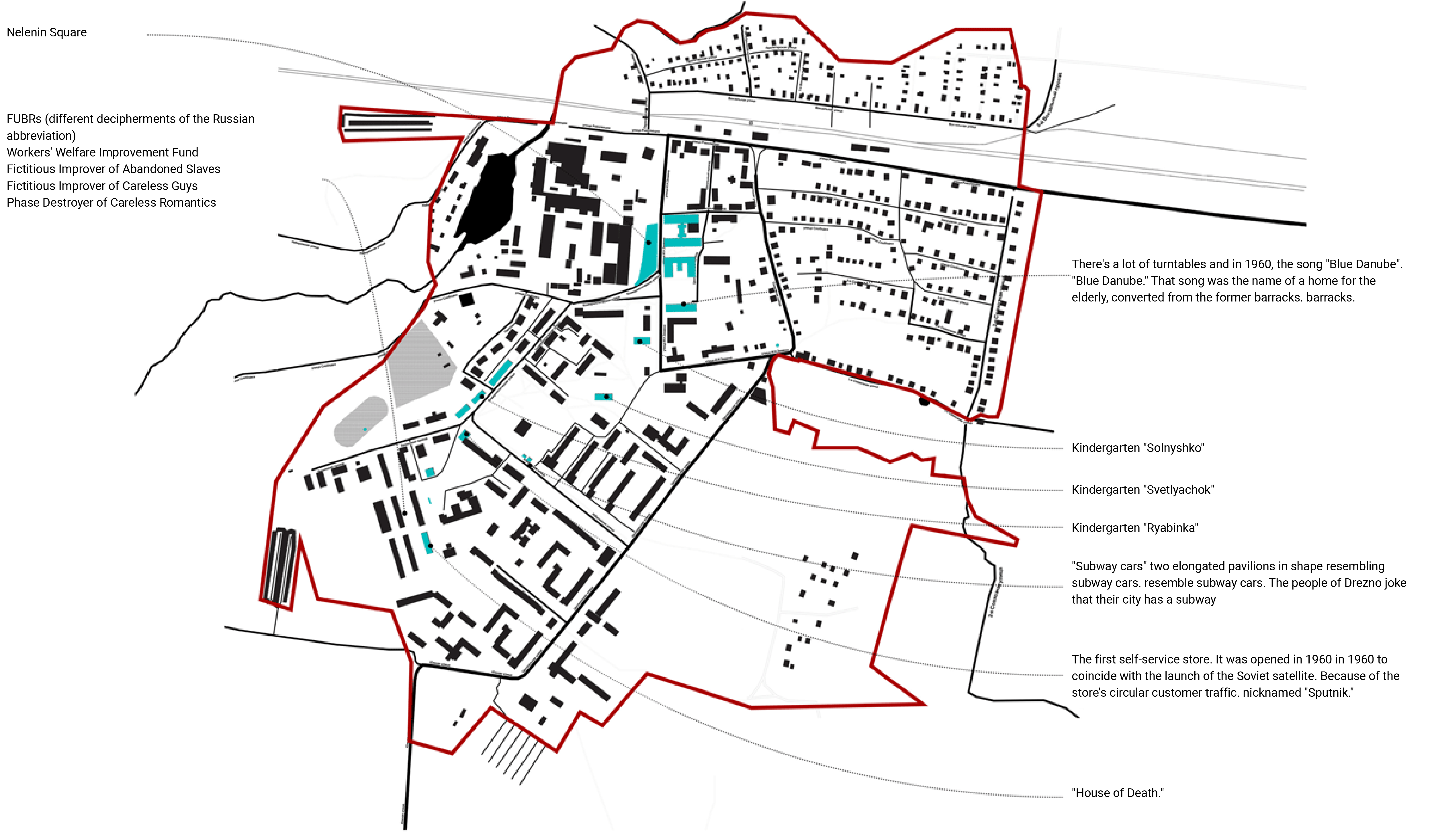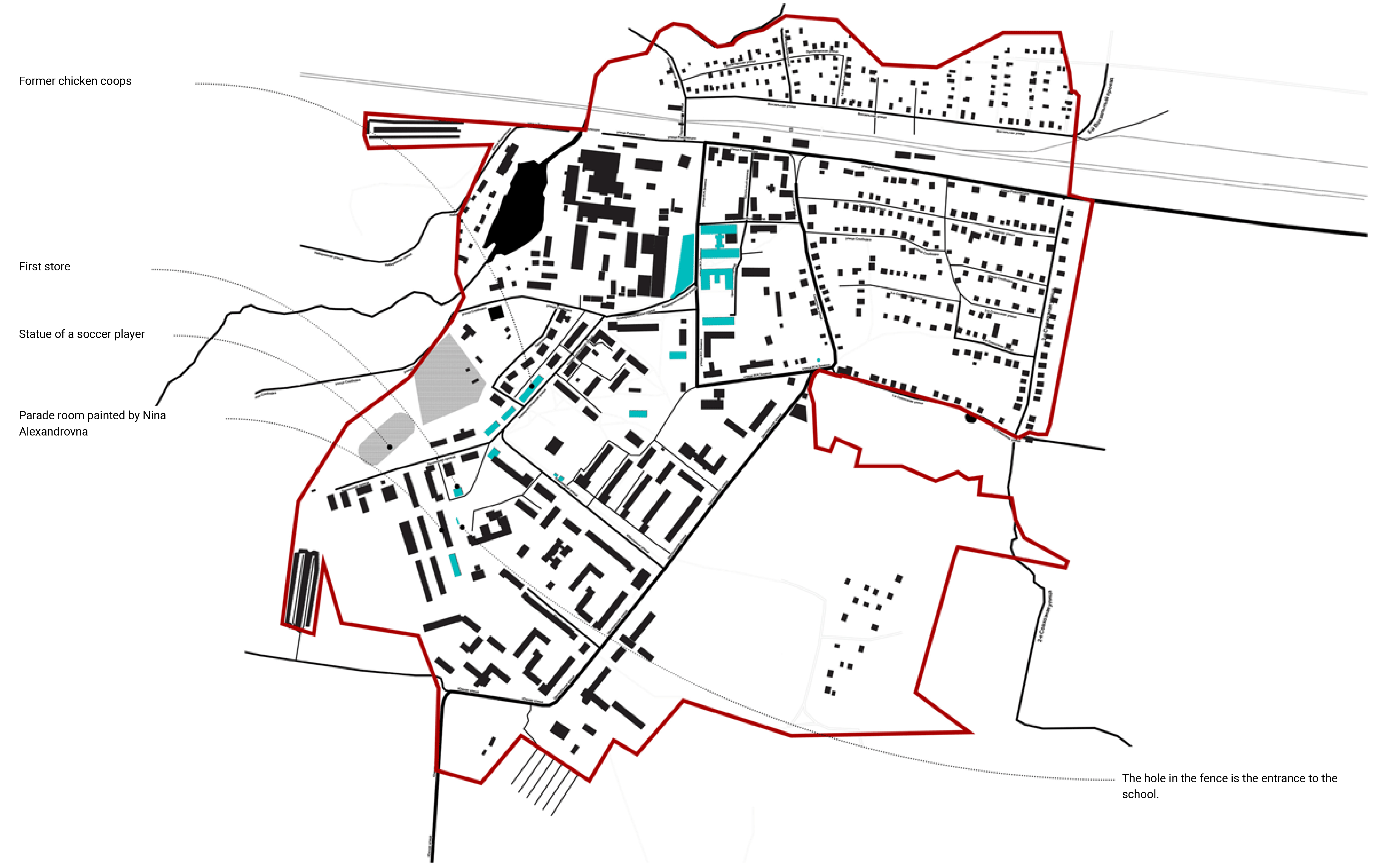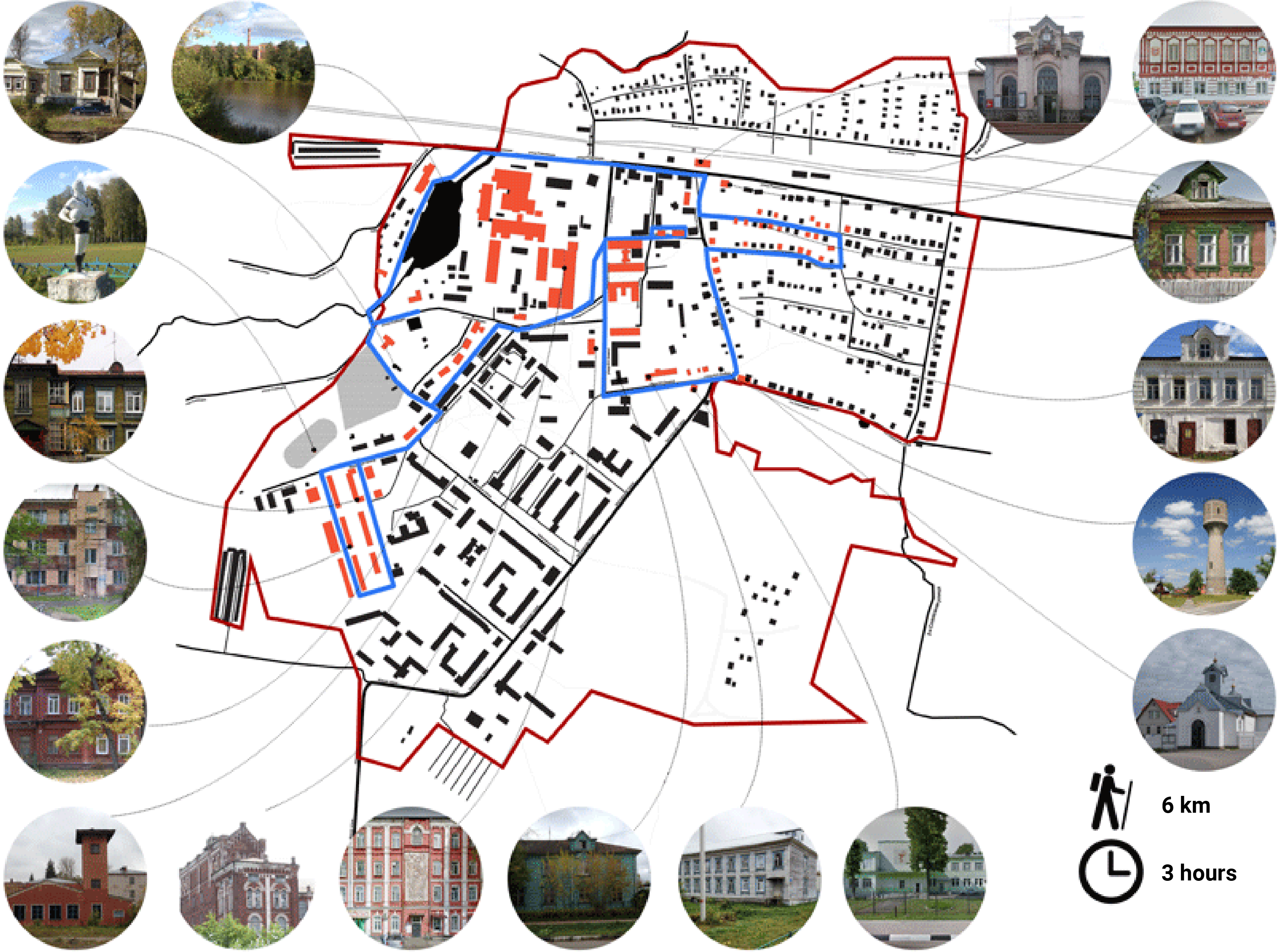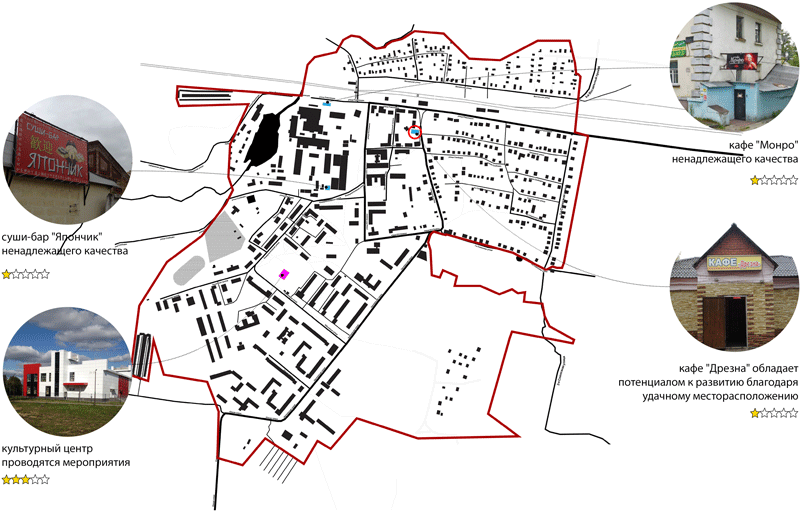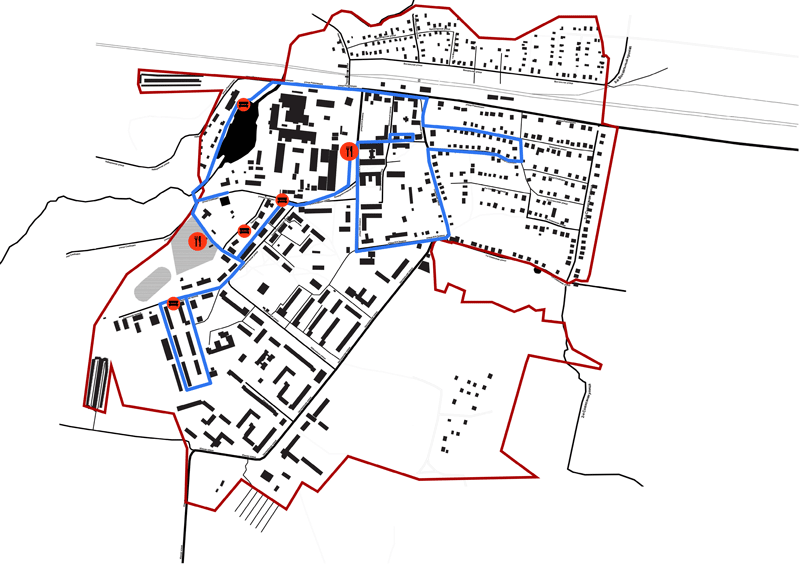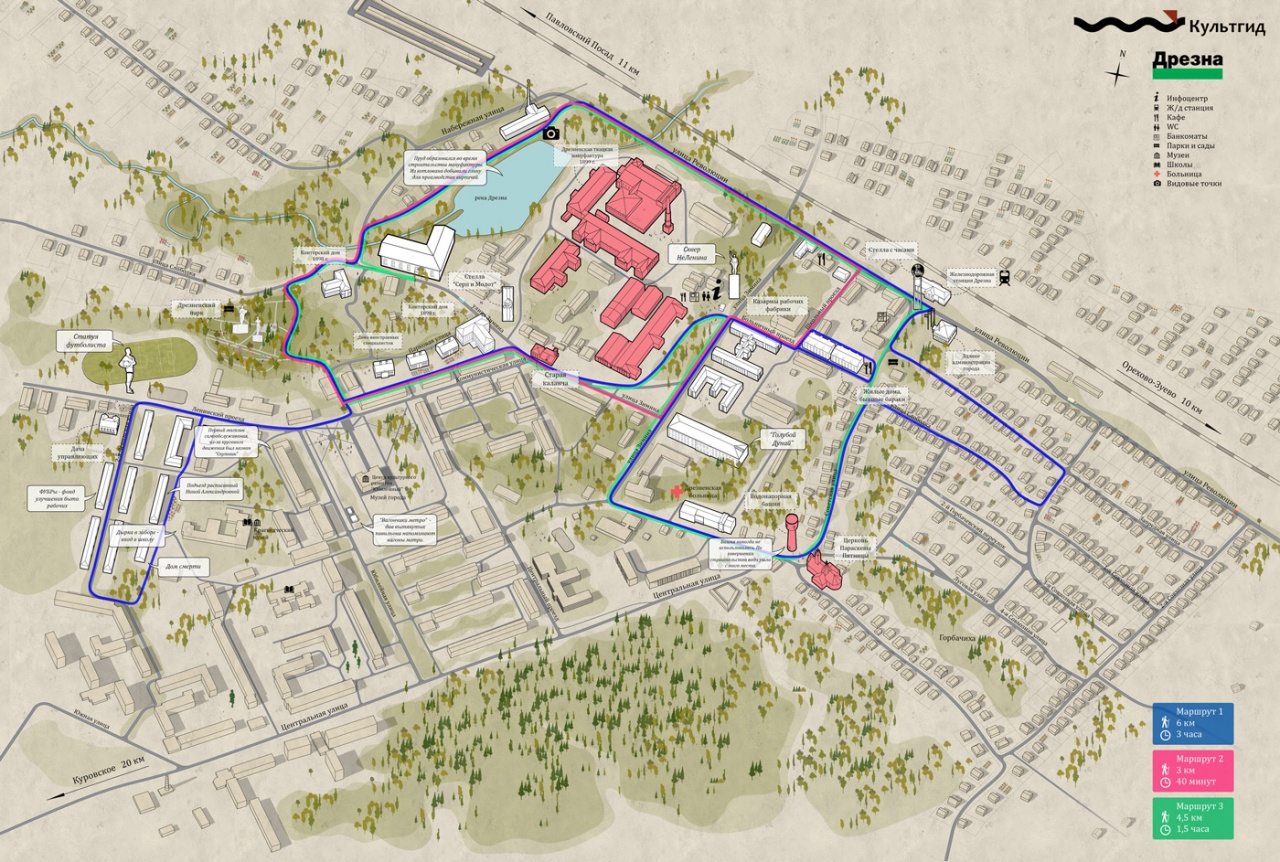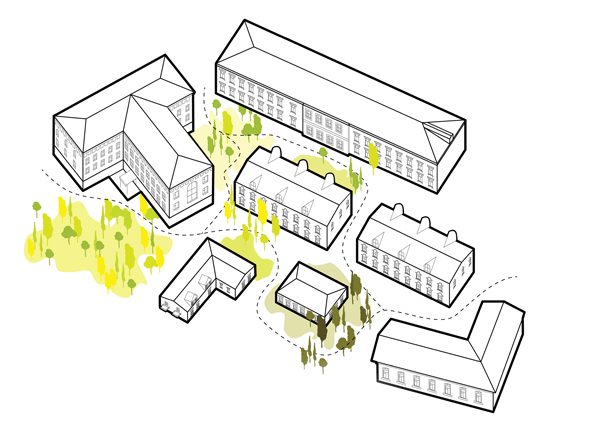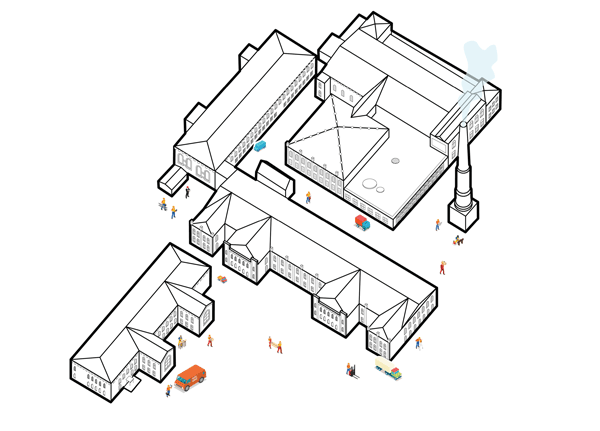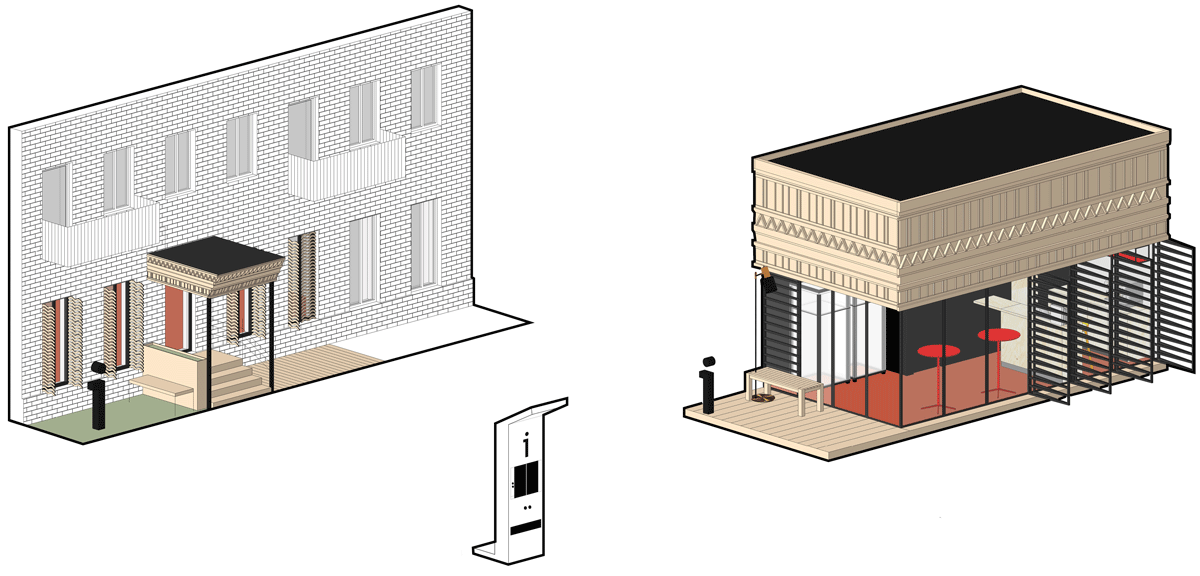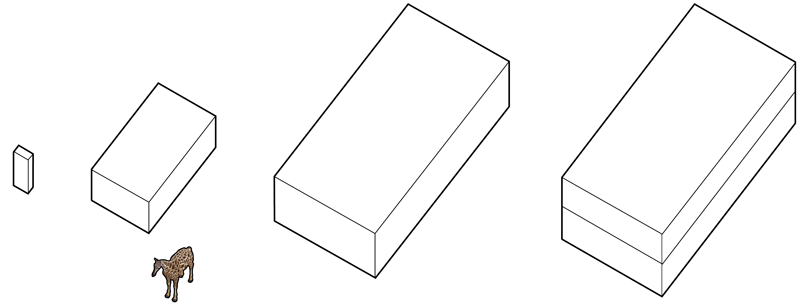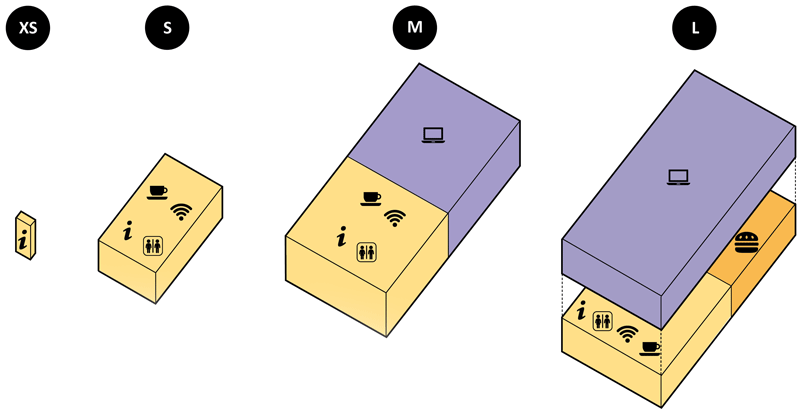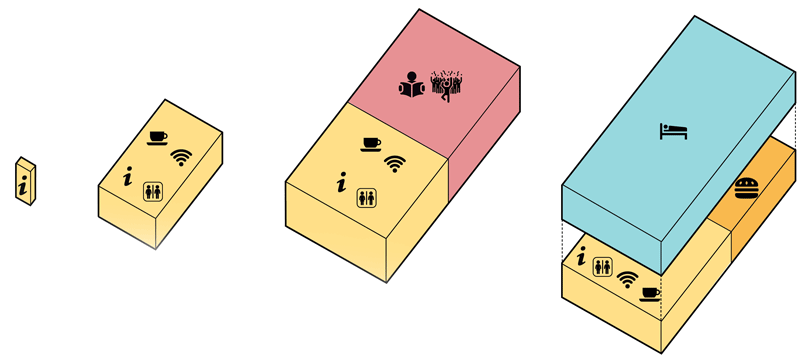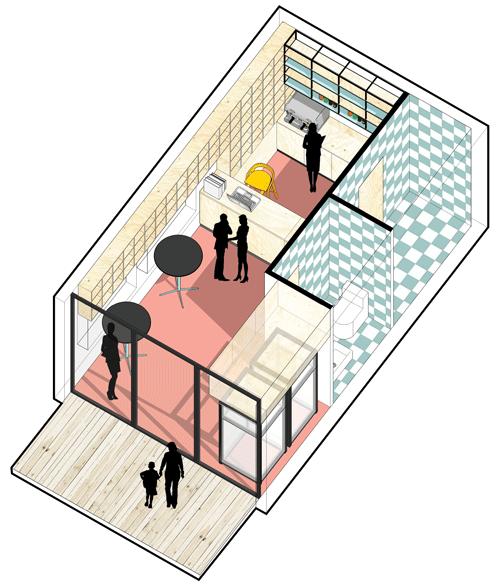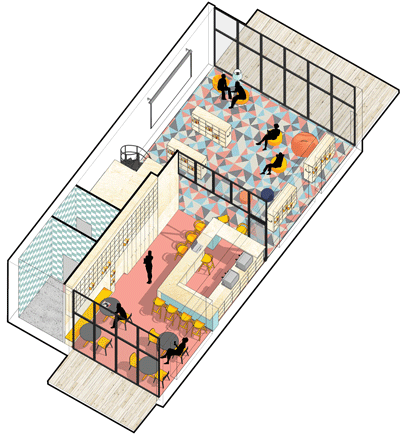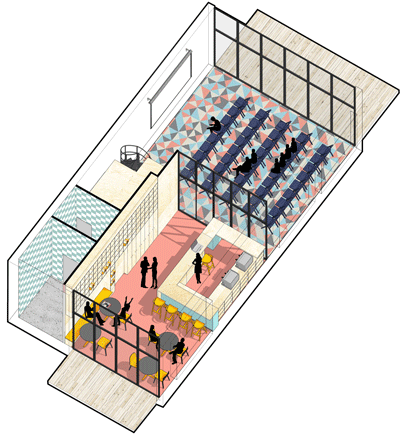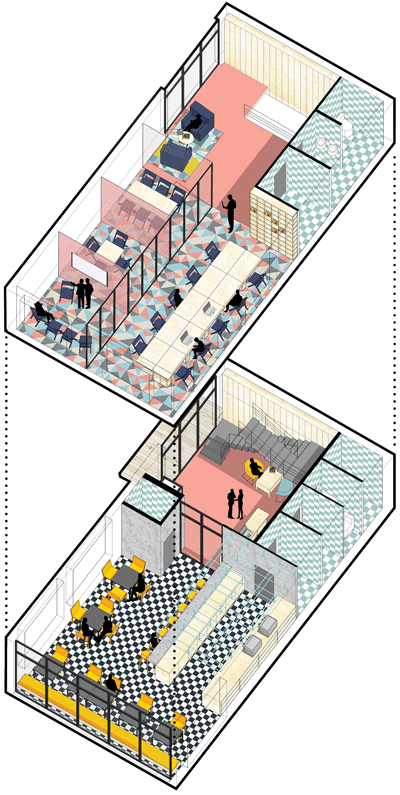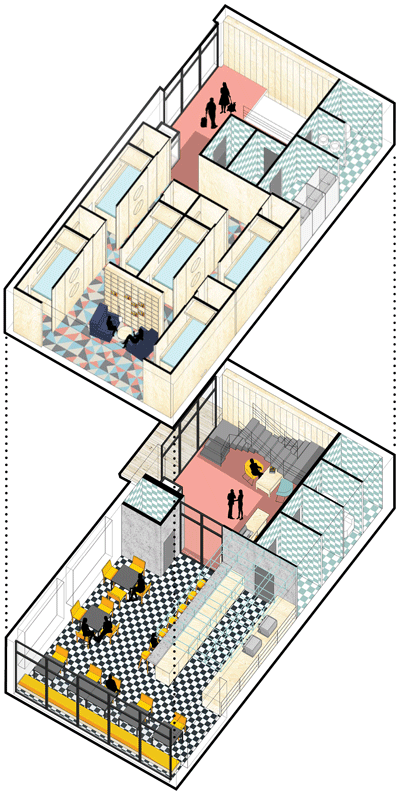Drezna
Problematic
Tourism is one of the key opportunities to improve the well-being of the city. But tourists will never come to most Russian cities. Here are the reasons:
lack of information; | no clear and convenient services |
Decision
Our method of city development is based precisely on tourism. And we propose to develop tourism based on urbanism and analysis. The method below has several advantages:
- it is not necessary to spend a lot of money
- can be quickly implemented
- assumes sustainable development
- local resources are used (values, environment, entrepreneurs, communities)
- there is an understanding of the vectors of further development
It will benefit everyone:
tourist | city dweller | administration | city |
clear services with good quality | local patriotism, urban culture | political coins | economic development |
The method is based on three steps:
1. Correctly position existing values and use local resources
It is important that tourists can easily recognize the city's core values and use them easily. For this, we conduct an analytical study, which includes the study of the history of the city, the current situation, architectural features and the identification of local values.
2. Create high-quality recognizable services
To do this, it is necessary to provide manufacturers of local services and products with a service that allows them to organize promotion and sale with maximum audience coverage, as well as to legally do business easily and «without problems».
3. Systematically inform
For this, an online and offline platform is being created, which is the center for the aggregation, representation and sale of the region's valuable resources.
As a result of these steps:
the rating of the whole region will rise
tourist traffic will increase
small business will get on its feet and attract additional investment
local patriotism will increase
Step 1. Correct positioning of local values
This method is suitable for a settlement of any size – from a village to a metropolis. The following criteria were used to select the object of research:
availability | population | square | attractions | name | notoriety |
50–100 км | 10–30 thousand people | 5–20 км2 | no outstanding | interesting | little known city |
Drezna was chosen as the first city. The city is not well known, has no deep history and, at first glance, is not at all interesting. But we will prove the opposite! If the method works for such an inconspicuous city, then it will work even more for a city with history and notable sights.
Drezna is located between Pavlovsky Posad and Orekhovo-Zuevo and can become an additional stopping point on the way between the cities:
Historical reference:
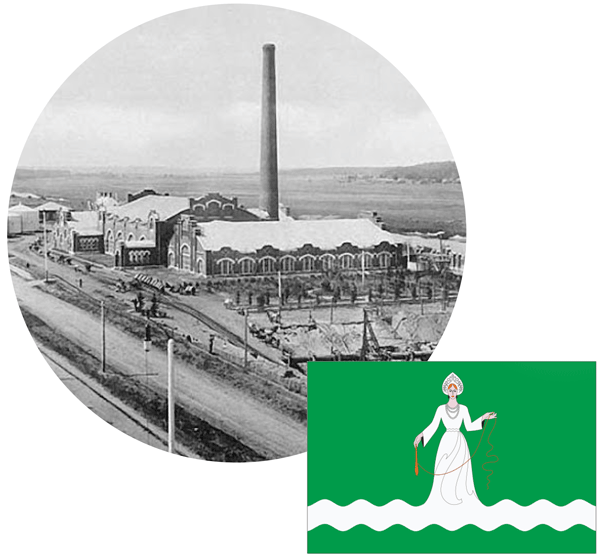 | 1897 - start of construction of the manufactory 1899 - the beginning of the manufacture 1940 - granted city status 1943 - fire in Drezna 1952 - construction of a new school 1957 - the first self-service store 2003 - factory shutdown |
Periodization of development:
Historical buildings:
Constructivism:
Wooden houses:
Brick buildings before the 1970s:
Towers and pipes:
Monuments and sculptures:
Unique objects:
Religious sites:
As a result, objects of special architectural value were identified:
View points:
Landscape features:
City's legends:
Microtoponyms:
Local values:
Scenarios of tourists staying in the city
Today there is nothing for a tourist to do in the city. But if a tourist knows where to go and what to see, he can spend up to five hours in the city. We have already collected all the information and mapped it. Now you need to organize it and build routes.
A tourist enters the city (by car, bus or train). We determine the places for the possible location of tourist information centers or information desks.
We compose several routes of different lengths.
A short route (hereinafter, points of possible development of additional services are highlighted in red):
info center | +5 min | |
station-barracks | 10 min | |
inspection of the barracks | 5 min | |
barracks-wooden houses | 10 min | |
new coffee shops on the route | +15 min | |
walk along the pond | 15 min | |
Long route:
info center | +10 min | |
inspection of wooden houses | 15 min | |
station tower | 5 min | |
viewing tower without entering into | 5 min | |
| if you open the tower for visitors | +15 min | |
| hospital-tower-barracks | 10 min | |
| inspection of the barracks outside and inside | 5 min | |
if open a manufactory and a cafe on the territory | +60 min and dinner | |
walk to furrows and stadium | 10 min | |
| inspection of furrows | 15 min | |
walk along the pond embankment | 20 min | |
We identify problem areas along the route. These areas need to be corrected / improved / landscaped: somewhere to make a sidewalk, somewhere to carry out a sanitary pruning, somewhere to organize a pedestrian crossing, etc. All these works do not require large expenses.
Analysis of existing travel services. Obviously, the level of services needs to be changed.
Proposals for the arrangement of public places on the route of tourists:
Positioning options:
Consolidated values of Drezna:
-
manufactory
-
early 20th century barracks
-
wooden houses of the late 19th century
-
lack of high-rise construction
-
constructivist buildings
-
a lot of greenery
We offer options:
Program development
The program is a series of action research interventions, workshops with local business communities and activists, as a result of which local values should become a subject of demand in the global tourism market.
- open practices that generate a community that will change something
- formation of a network
- cross-sectoral interaction
- researching local resources and launching mechanisms for reclaiming local identity
education | job | celebration |
Recommendations for activating a historic manufactory:
| cultural cluster | museum with point craft production | industrial park |
Step 2. Create high-quality information services
Tourist Information Center (TIC) is the first point of contact of a tourist with the city. At this stage, the tourist should receive information about quality services. TIC is a kind of quality filter. Some of the services are provided here, others are recommended. It is important that the TIC is a commercial enterprise (along with free and paid services) and bring profit to its owner. We propose to use a complex franchise, and develop a business plan based on the needs of each specific city.
Possible typologies:
installation in the first floors of buildings | information desk | free-standing pavilion |
TIC dimensions:
| 20м2 | 100м2 | 200м2 |
Depending on the specific location and on-site needs, functional blocks can be partially used, expanded or reduced
TIC works not only for tourists (and in Russia the tourist flow is directly related to the seasonality), but also for the residents of the city itself (out of season). It becomes an important cultural platform, a place where local communities are born and developed.
Flexible functional content is possible, which can change depending on needs:
| info point | + infopoint / coffeepoint / souvenirs | + coworking / office | + diner |
| info point | + infopoint / coffeepoint / souvenir products | + lecture hall / cinema | + diner /event area/ library |
| info point | + infopoint / coffeepoint / souvenir products | + event space | + diner /capsule hotel |
Step 3. Systematically inform


